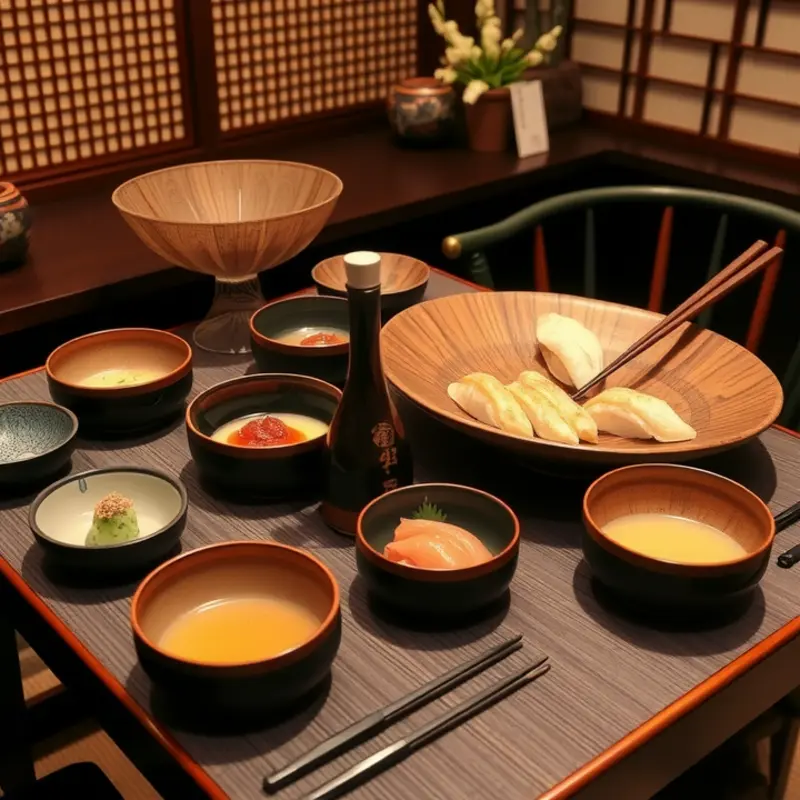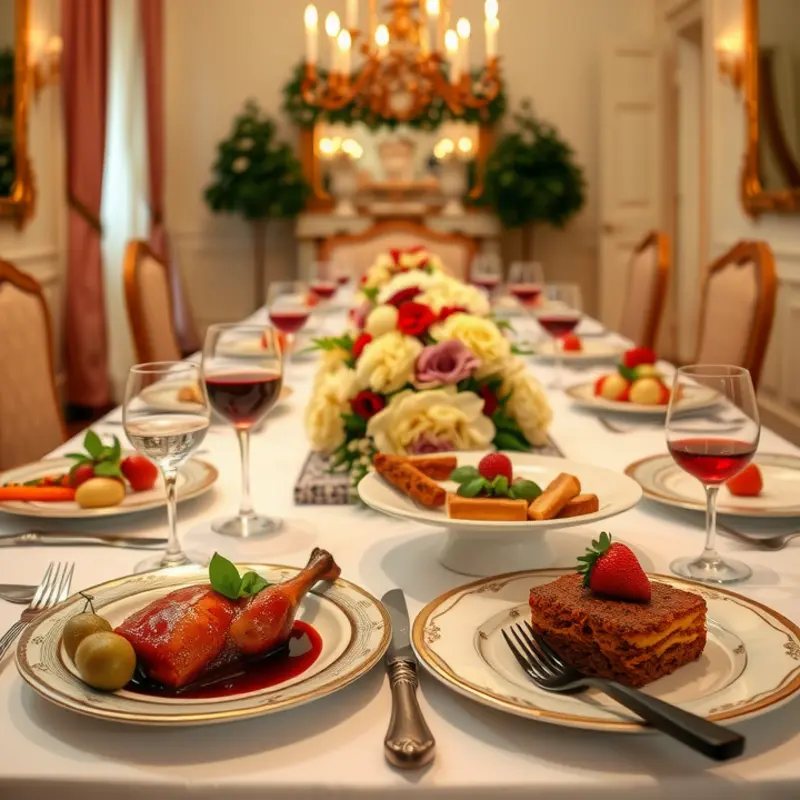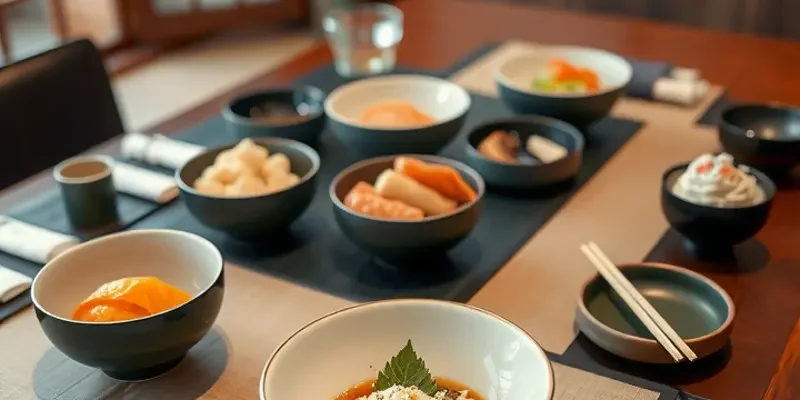Food is a universal language, yet the way we eat it can differ significantly across cultures. Embracing food etiquette enriches dining experiences and deepens our understanding of diverse culinary traditions. From the proper way to eat sushi in Japan to navigating a formal dinner in France, food etiquette will reveal cherished customs and cultural values, guiding enthusiastic diners through the rich tapestry of global dining customs.
The Table Manners of the Land of the Rising Sun

Japanese dining represents a delicate dance of tradition, respect, and culinary artistry. The meal is seen as a sacred moment to express gratitude, not just for the food, but also for the hands that prepared it. Understanding the subtleties of Japanese food etiquette is essential for experiencing this country’s rich culinary tapestry.
When dining in Japan, chopsticks are more than mere eating utensils; they embody the harmony and precision valued in Japanese culture. Holding chopsticks involves using your dominant hand to control a precise pinch motion. It is crucial to avoid gestures that may inadvertently offend. For instance, do not stick chopsticks upright in a bowl of rice, as this resembles a funeral rite. Additionally, passing food directly from chopstick to chopstick mimics a ritual used during funerals to handle cremated bones.
Sushi, a quintessentially Japanese dish, requires its own set of etiquettes. The philosophy is simple yet profound: respect the chef, the food, and the tradition. Selecting sushi with fingers is acceptable and often preferred, as it provides a tactile connection to the craftsmanship. When using soy sauce, dip the fish side, not the rice, to avoid overpowering the delicate flavors.
Wasabi, the piquant green paste, should be used conservatively. Sushi chefs often apply a precise amount when assembling sushi, so additional wasabi might disrupt this balance. If added, place it directly on the fish.
Ramen presents a more casual but no less structured dining experience. Slurping, oddly enough, is encouraged. This action cools the noodles, enhances flavor perception, and shows appreciation for the dish. However, being mindful of noise levels ensures you maintain respect for other diners.
Meals often conclude with a phrase that encapsulates gratitude: “Gochisousama deshita” (“Thank you for the meal”). This shows appreciation for the thoughtful preparation and the enjoyable dining experience.
Japanese dining insists on mindfulness, an approach supported by discussions on mindful eating. A meal in Japan is more than fuel—it’s an opportunity to engage deeply with the moment, the food, and the people sharing it.
Mastery of these customs not only enhances one’s own experience but is a sign of respect for the rich cultural heritage that defines Japanese cuisine. Understanding these dining principles makes each meal an immersive, delightful journey into Japanese culture, where every bite is a celebration of taste and tradition.
From France with Love: Dining Like a Local

Navigating the world of French dining is like stepping into a theater where every participant knows their role. French gastronomy, renowned for its elegance, involves more than just savoring exquisite dishes—it is about understanding the art of dining. Every detail matters, from the sequence of courses to the respectful clinking of glasses.
In a traditional multi-course French meal, the courses follow a precise order: hors d’oeuvres, entrée, plat principal, fromages, and dessert. Each course is crafted to engage the palate uniquely, so take time to savor each bite. As you enjoy your meal, refrain from rushing and allow conversations to flow. The French emphasize the importance of good company as much as the meal itself.
The iconic phrase, “bon appétit,” marks the commencement of the dining experience. It’s not just mere words but a communal invitation to relish the flavors presented. Often, you will hear this before starting the shared meal—a tradition that binds people to the experience.
When it comes to cutlery, it is crucial to operate by the continental style. Hold the fork in the left hand and knife in the right throughout the meal. After finishing, place both utensils parallel on the plate to indicate your completion. Avoid resting them on the table; such actions might be considered impolite.
Fine wines accompany various meal stages, enhancing flavors and adding depth to the dining experience. In France, each region holds its popular wines, and selecting the right type for each dish is key. Serve white wines with lighter dishes and red wines with heavier courses. To further explore pairing without compromising on taste, you can find detailed insights on flavor boosters without salt.
Cheese, a celebrated staple, deserves special attention. Served between the plat principal and dessert, cheeses offer numerous flavors and textures, representing different regions. When served, slice from the center toward the rind to maintain proper etiquette.
Mindful conversation plays a critical role in French dining, emphasizing quality interaction over loud exchanges. Topics of discussion vary from current events to art, steering clear of overly personal issues or controversial topics.
To truly dine like a local in France is to engage fully in the shared experience, appreciating the artistry of each course and the complexities of taste and social traditions. Remember every meal is a page in the book of French culture, written with love and exquisite care.
Final words
Understanding food etiquette across varied cultures not only enhances our dining experiences but also immerses us into the heart of these traditions. Each meal tells a story, reflecting the history, values, and social practices of its people. By respecting and adapting to local customs—whether it’s the correct way to hold chopsticks in Japan or the art of sharing a meal in France—we show appreciation not only for the food but also for the culture from which it originates. So, let your next dining venture be an exploration, honoring the legacy behind every bite.








